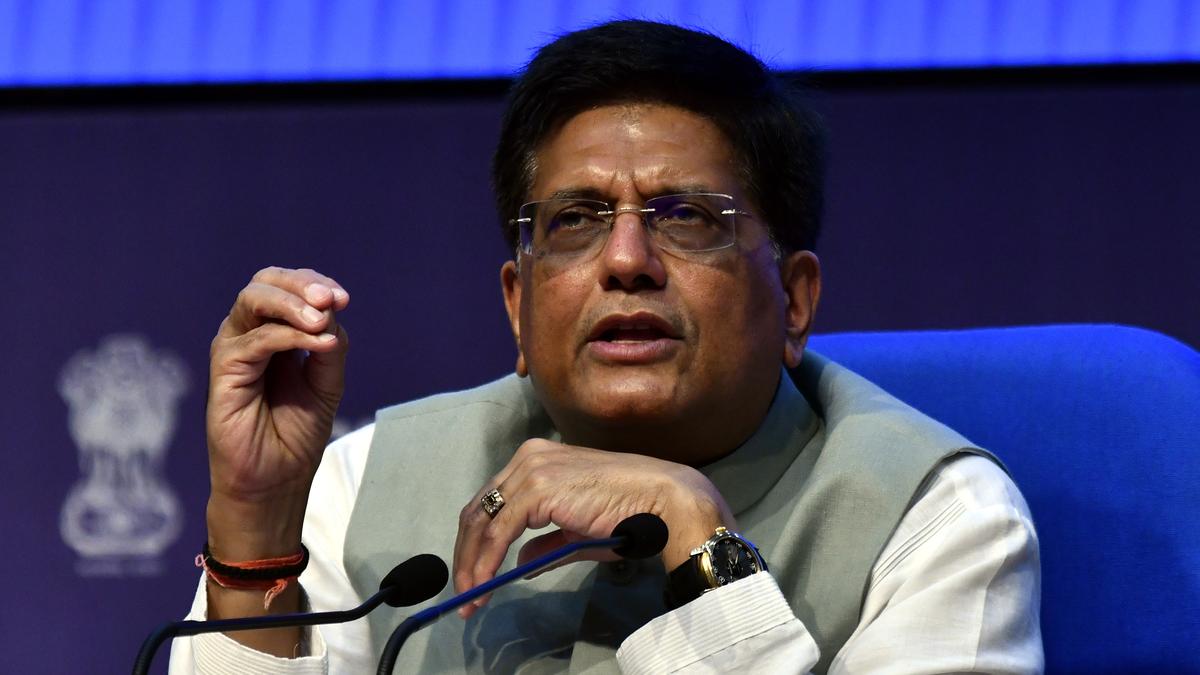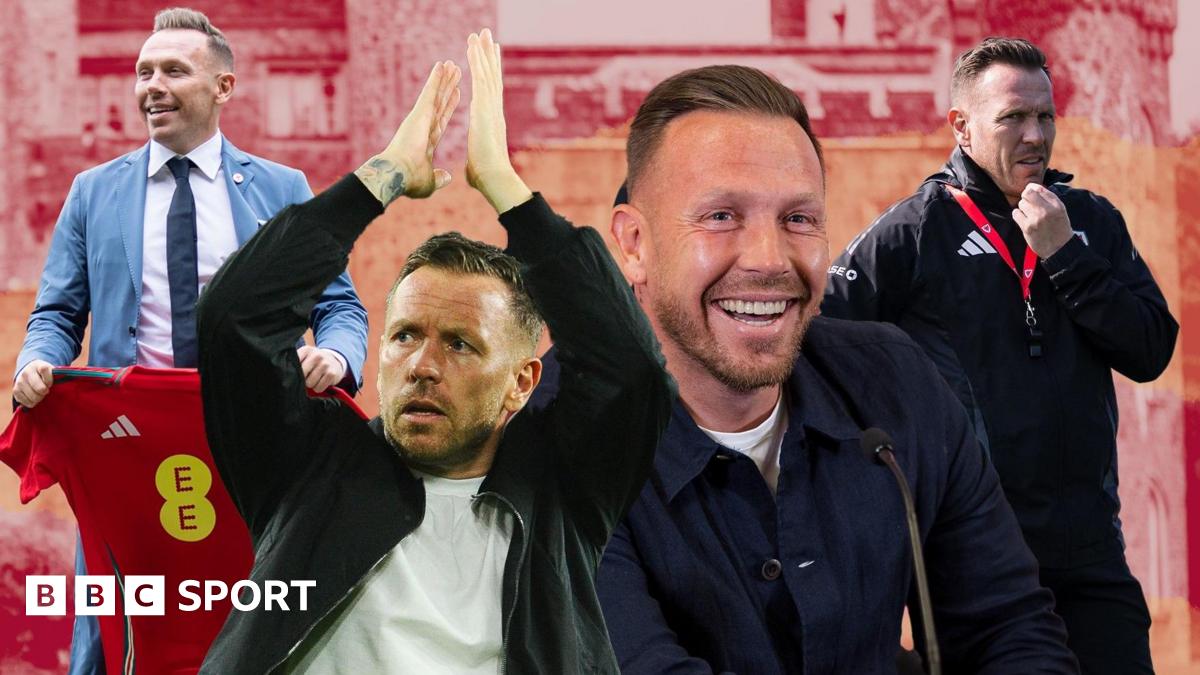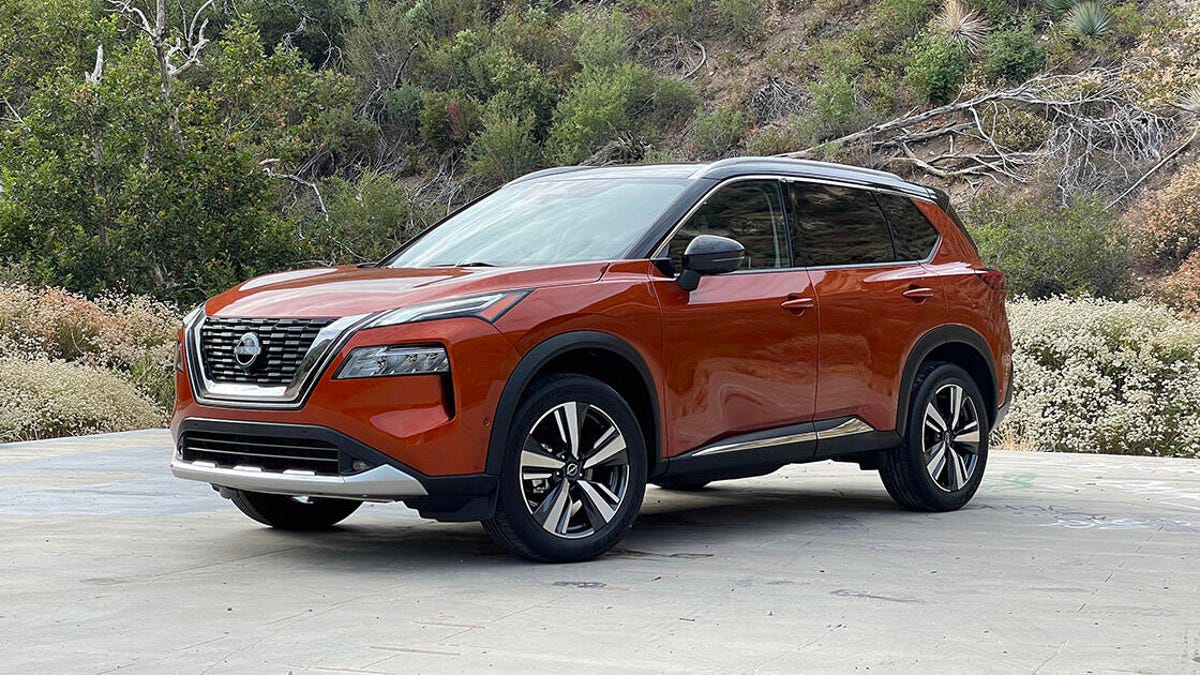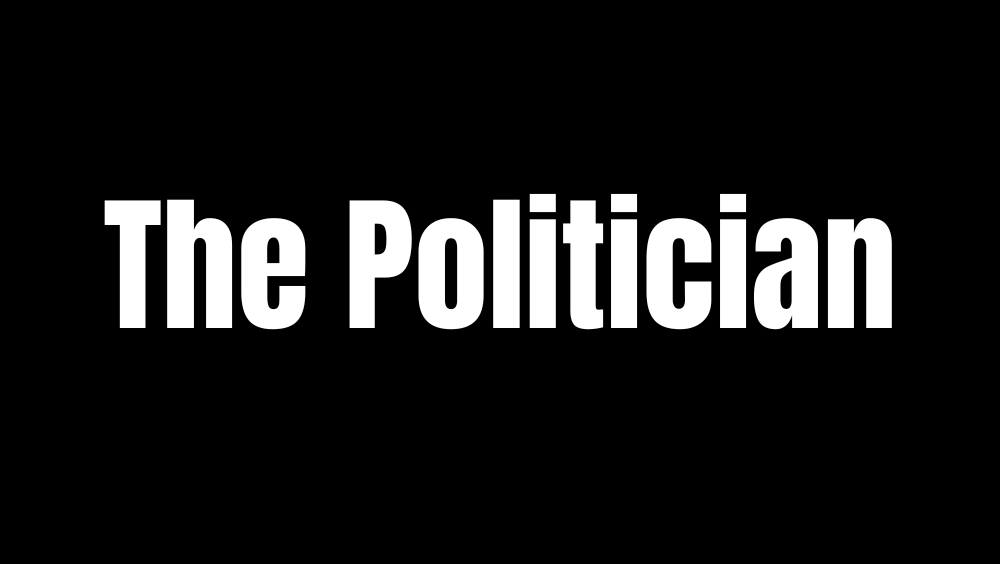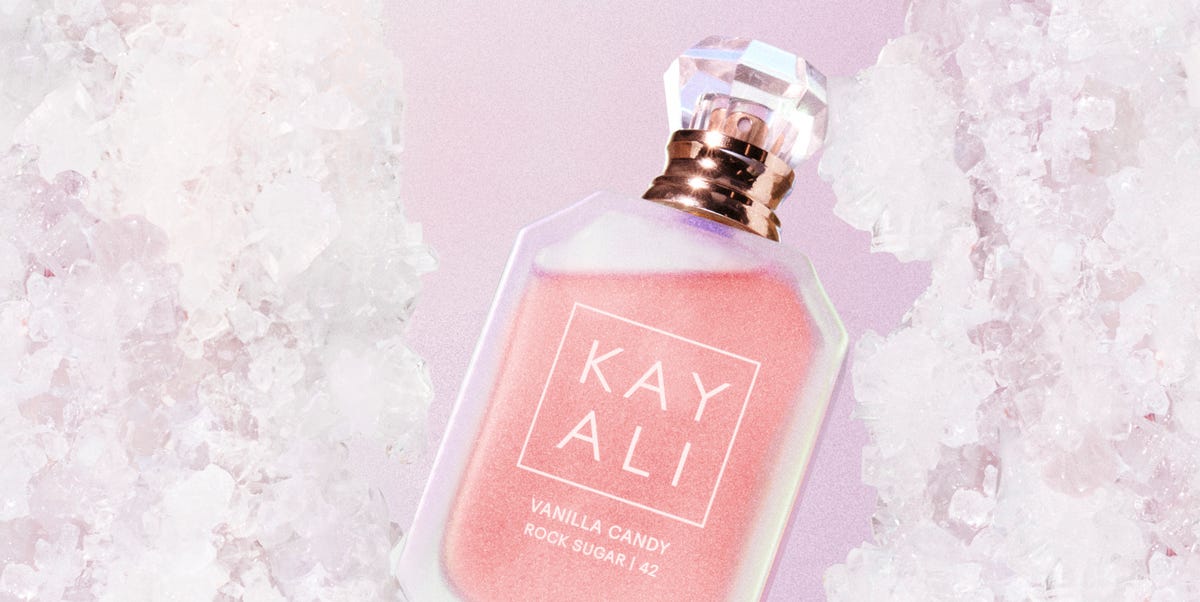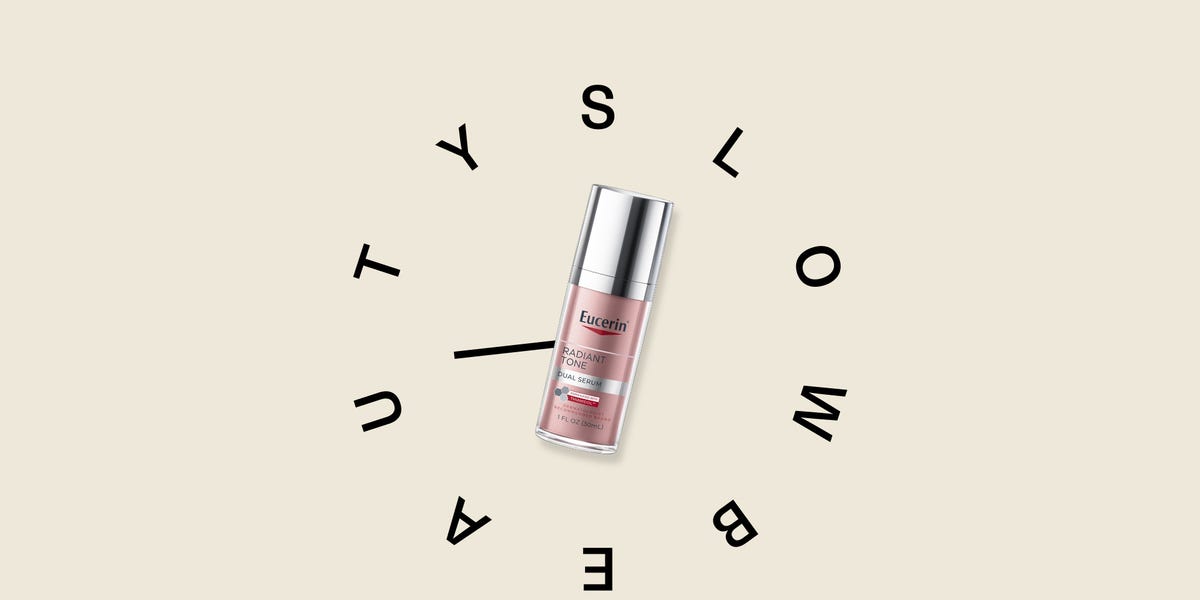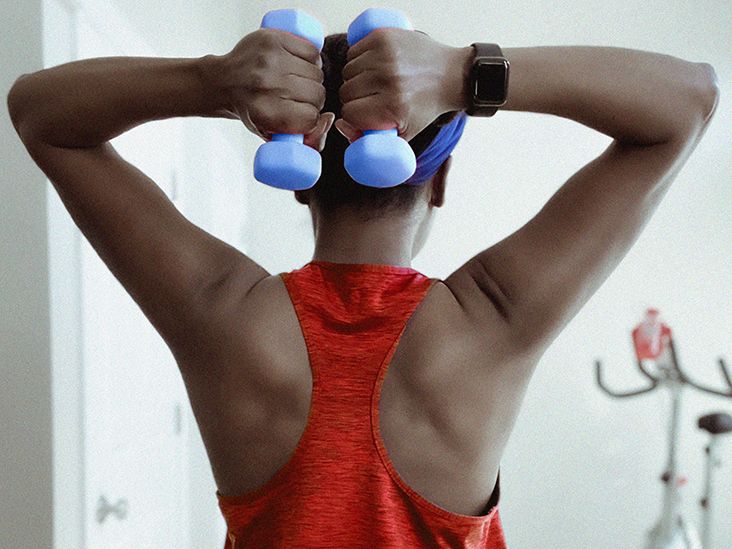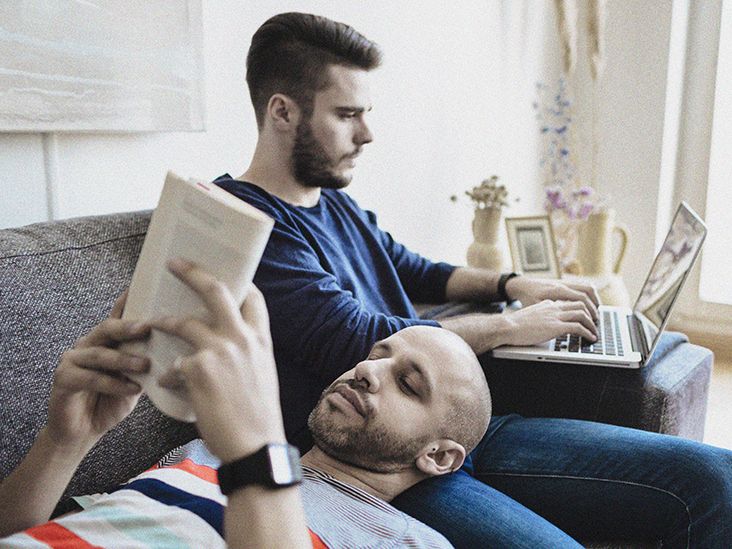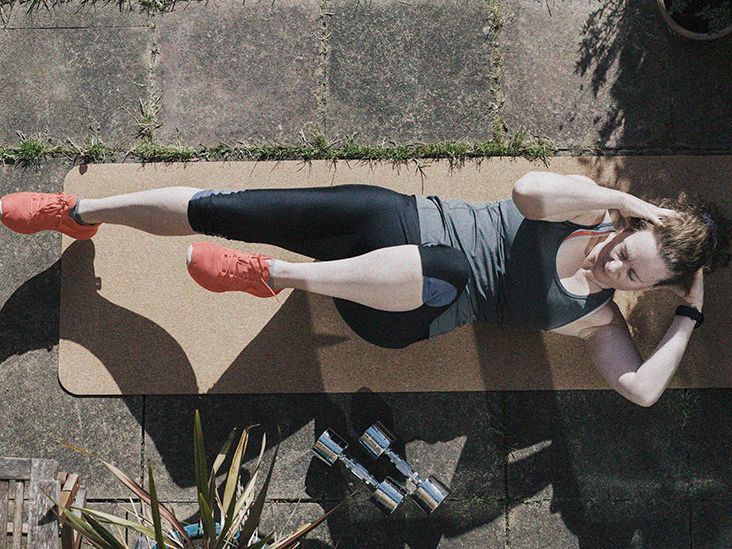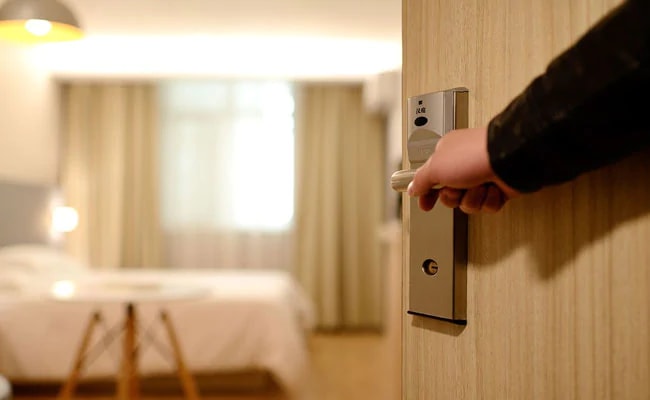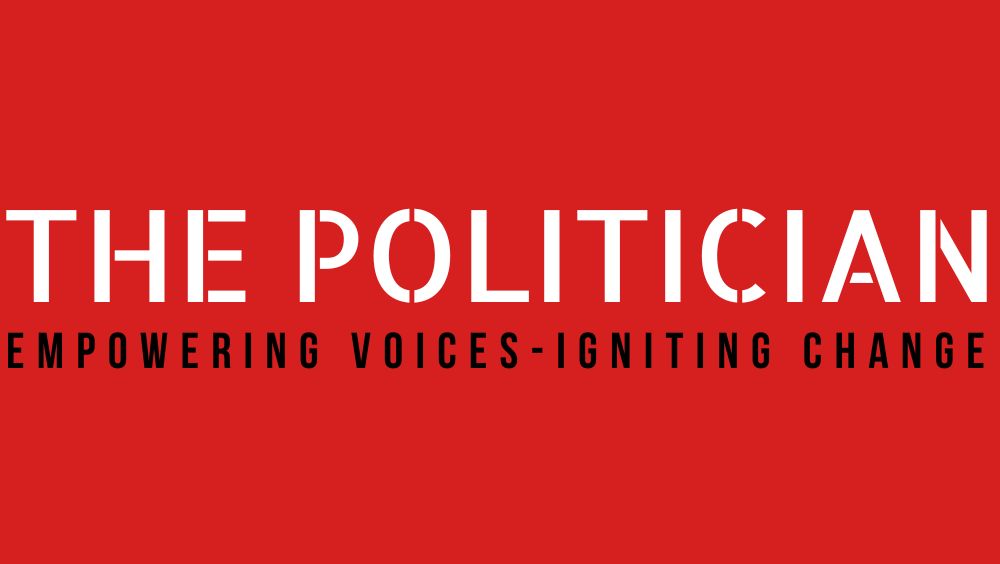There Is No True Third Place


When a third place can be everything from a bar to a mall to a luxury health club, does it even mean anything?
“I got completely and totally enamored with this new concept I saw in London,” writes Madeline Marcella in a Substack post titled “My guide to: The rise of ‘third spaces’ in NYC...(no, members clubs don’t count).” The concept is a wine bar that serves ice cream, an experience she says London offers and New York doesn’t, a “low-commitment space” where you can hang out with a friend without getting a full meal, where you don’t “wear pajamas” but don’t have to get fully dressed up and can socialize without spending a fortune.
Ignore the fact that you can order a drink with your ice cream at plenty of spots in New York. Marcella’s post joins dozens of other recent articles, Reddit posts, and TikToks calling for the expansion of “third spaces” (alternately called third places) in America — places that aren’t work or home in which to spend leisure time. In 2024, Allie Volpe argued in Vox that third places were the antidote to the loneliness epidemic. That same year, Devika Rao in The Week lamented that third places are dying out. In the New York Times, Ephrat Livni chronicles how often “third place” has come up in academic research over the past year, noting that COVID lockdown led to the closure of many businesses that counted as third places, and that virtual spaces cannot replace the experience of physical gathering. Most recently, Starbucks announced its intention to become a third place again. It’s asking baristas to handwrite names on orders and is encouraging people to bring their own reusable mugs, policies Starbucks believes will make stores more welcoming for customers.
Each new insistence on the importance of third places ends up muddying the definition of what a third place is. For some, it’s a bar or restaurant where they can hang out with friends and community. For others, it’s a park or somewhere else where socialization can happen for free. Third places are malls, or maybe they explicitly are not malls. In London, Third Space is the name of a luxury health club. A number of people think third places somehow only exist in Europe. Many other people have called for the development of more alcohol-free third places. For its part, Starbucks’ adoption of the third space again comes with no longer giving out free water or allowing nonpaying customers to use the restroom, policies that would actually make it a space for everyone.
@beyondthestates Have you ever heard of the concept of third places? In sociology, the third place refers to the social surroundings that are separate from the two usual or “default” social environments of home and the workplace. Third places help us feel less isolated, restoring connection, giving us a support system, and strengthening our individual identities #livingineurope #usavseurope #cultureshock #europe #mentalhealth #studyabroad #collegelife
♬ Grass, Dew And Marmalade - Evgeny Grinko
The definition of a third place has always been broad. Sociologist Ray Oldenburg coined the term in 1989 in his book The Great Good Place. At its core, a third place is anywhere outside of the home or work where people can socialize in public, and where the nebulous concept of community is formed. They are places that don’t require an appointment, are convenient and informal, and inexpensive enough to allow for one to potentially be a regular. Many of them tend to sell food and drink. “In cities blessed with their own characteristic form of these Great Good Places,” such as in the cafes of Paris or the beer gardens of Germany, writes Oldenburg, “the stranger feels at home — nay, is at home — whereas in cities without them, even the native does not feel at home.”
Even in 1989, Oldenberg wrote about the decline in neighborhood taverns and soda fountains as synonymous with the decline in third places. But the recent fervor over the loss of third places seems to have created a new problem, where now there is No True Third Place. Every example that’s offered is somehow not right, not enough, not built to facilitate the specific kind of experience that person is looking for, even though specific experiences aren’t really what third spaces are about. So what do people want out of third-place socialization?
According to Kelly Verel, the co-executive director for the organization Project for Public Spaces, “there’s a difference between defining just what [third places] are and then actually evaluating how well they’re working as such.” Verel has focused much of her career on building and sustaining public food markets as places where people can gather and socialize, and not necessarily be pressured into spending money. But even when there is a commercial aspect to a third place, she says there are a few criteria to figure out if it’s doing what it should. “Is it accessible? Do people feel safe? Is it clean?,” she says. And most importantly, “Do you notice people running into people that they didn’t come with, but that they know and they’re having an offhand conversation with?”
A key aspect of any third place isn’t just socialization, but spontaneous socialization. Sam Bail, founder of the New York pop-up Third Place Bar, says that’s why bars have been such great examples. “A lot of coffee shops have two tops, maybe couches, but you don’t have the bar seating,” which encourages people to make small talk with the bartender, or at least be in closer physical proximity to people they may not have arrived with. You’re more likely to strike up a conversation with a stranger, or at least share a story with the bartender, than if you were at a table alone.
Many complaining about the lack of third places have latched onto the idea that a third place should be free, though that was never part of the original definition. For Verel, it’s more about being “free to be there, even if you’re not going to be spending money,” such as at a greenmarket. This is another reason why bars and certain restaurants have been such successful third places. They are places you theoretically can linger.
Theoretically.
One problem is that spaces that should be third places aren’t actually functioning as such. Grabbing a drink at a bar where it’s totally acceptable to be wearing jeans and a sweatshirt is an option, I’d say, literally anywhere a bar exists. But if a cocktail is $20, that’s not exactly accessible enough to visit at a regular cadence. If you don’t consume alcohol and are uncomfortable in spaces that serve it, perhaps a third place could be tea at a local cafe. But unless that cafe is open until 2 a.m., or as Bail says, is designed to facilitate socialization, the experience may feel the same as having tea in your apartment. Marcella’s Substack guide specifically lists bars where you can partake in other activities, like ticketed craft parties. But those violate Oldenburg’s appointment rule, and also, isn’t the point just to hang?
Allowing people to “hang” is where restaurants and bars run up against the realities of operating in a rampantly capitalist society, as anyone who’s been shooed out of their reservation after 90 minutes can attest. Nursing one $8 drink for a whole night while you mingle and fraternize doesn’t help a business keep the lights on. There are thin margins to running a restaurant or bar, and even though Starbucks is banking its new business model entirely on the idea that you should treat it as a third place, it feels like you literally have to be an international corporation to make this kind of third place model work. Bail began her pop-up to build the community and capital to one day open a nonalcoholic brick-and-mortar bar. But so far, the rent prices in New York have kept Third Place Bar from becoming a real third place. “I do have regulars, but it isn’t a third place in the sense that it’s just there, and you can just go,” she says.
Another obstacle is that even if every corner had a place to meet an interesting neighbor, that neighbor would still usually be a stranger, which increasingly makes many people nervous. Our ability to socialize was severely impacted by the COVID pandemic. “Research on prisoners, astronauts and hermits has shown that isolation atrophies our social skills,” wrote Shaunice Ajiwe in Philadelphia Magazine. “Now we, too, seem to have lost our grasp on basic interpersonal norms,” and sometimes even the wish to socialize in the first place.
When I read articles and lists lamenting the lack of third places, I see a desire to have control over every public interaction. That means places where you know what you are going to be eating, or taking a class where you can be so focused on the task at hand you don’t socialize at all. Those kinds of interactions are safe, and I can’t really blame anyone for seeking safety right now. For many the risk of a spontaneous interaction is too big to take. Better go to a museum with your closest friends, or invite them to your house, where you can control the environment and not risk the awkwardness, or worse, of speaking to someone you don’t already know and trust.
This isn’t just a problem of the pandemic. As Oldenburg writes in the preface to the second edition of The Great Good Place in 1996, “strangers frighten us more than ever,” despite unexpected social interaction being the point of a third place. That is indeed how trusting, safe communities are built. In these informal settings, we learn to see each other not as consumers or hobbyists or people with particular interests, but just people.
We don’t actually want to be alone or unbothered. If we did, we’d just be doing crafts at home, instead of looking for Reddit threads about knitting circles at local bars. But “I do think there is this tendency now to be uncomfortable with not having something to do,” says Verel. Hence the urge to whip out your phone instead of just being present in a place. You shouldn’t have to want to make a new best friend every time you want to eat dinner, but again, this is what has made restaurants and bars such natural third places. You have an activity, but it’s still communal. You can ask someone if they’d suggest the beer they’re drinking, or ask the bartender how she’s doing while she’s mixing your cocktail, or you can read a book and make it clear you just want to be alone in public. Maybe as we fight to make sure third places can actually open and operate, we also need to remind ourselves how to be in them. And also that not every bar requires a cute outfit.






